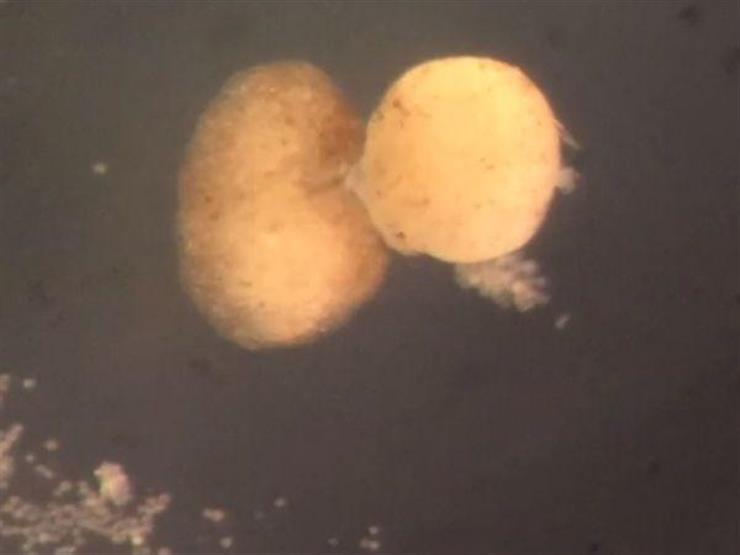
Afternoon 02:01
Tuesday 30 November 2021
I wrote – Iman Mahmood:
Nearly two years later, the creation of the first living robot announced the first major scientific breakthrough of its kind, and the American scientists who created the robot revealed new advances in their invention, which today can “reproduce.”
U.S. scientists who developed the robot, called a xenopot, say it can “now reproduce differently from plants and animals.”
According to the American “CNN” network report, this robot contains the stem cells of the African clawed frog (Xenobus lewis), from which the robot got its name.
Genopods are less than a millimeter wide, and these small balls were first exposed in January 2020. Experiments show that they can move and work together in groups, and that they are self-healing.
Michael Levine, professor and director of biology at the Alan Discovery Center at Duffts University, which is involved in new research, said: “Frogs have a reproductive system that allows them to reproduce and adapt to a new environment.
Robot or living creature?
Stem cells are non-specialized cells capable of forming different types of cells. To create these robots, the researchers took live stem cells from the frog embryo and left them to incubate without any genetic manipulation.
“Most people think robots are made of metal and ceramics, but people don’t care much about what they do,” said Josh Pongard, a professor of computer science and robotics and an expert at the University of Vermont. Author of the study published on Monday.
“In this way, it’s a robot, but it’s a creature made from a genetically modified frog cell,” he added.
Bancard noted that genomes, which were initially spherical and had about 3,000 cells, could reproduce. But this is a rare occurrence and only in certain circumstances.
“The combination of molecular biology and artificial intelligence can be used for a variety of tasks in the body and the environment,” he explained.
The living robot can carry the drug and move freely in the human body, reaching the affected cells and injecting the drug.
Although the possibility of self-reproduction is worrisome, the researchers said that all living machines are in the laboratory and can be easily turned off because they are biodegradable and controlled by protocol experts.
The research was funded by the Defense Advanced Research Projects Agency, a federal agency overseeing the development of technology for military use.
“A lot of things can be achieved if we use this kind of resilience and problem-solving cell,” Boncord stressed.

“Award-winning beer geek. Extreme coffeeaholic. Introvert. Avid travel specialist. Hipster-friendly communicator.”







